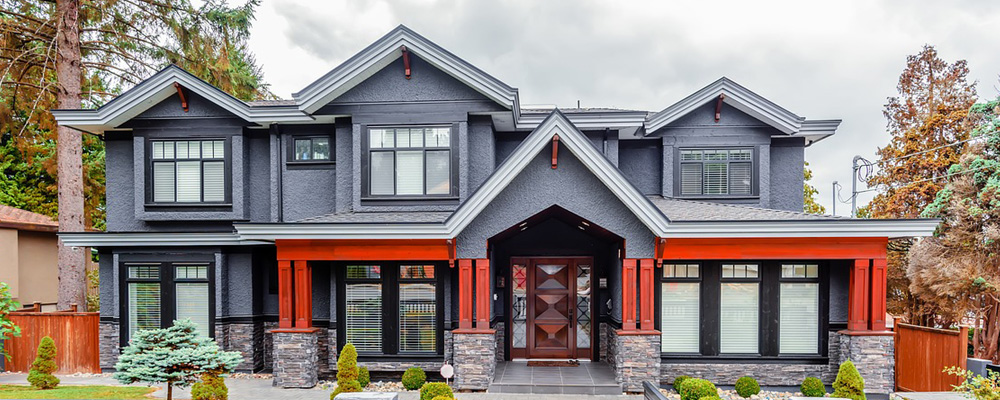To date, energy efficiency has had a far larger impact on reducing carbon emissions than renewables – and it’s not even close. Prior to 1974, the energy usage in the US was highly correlated to the economy (eg. an increase in economic output resulted in an increase in energy usage). Since the energy crisis of 1974, the US economy has experienced tremendous growth, but energy consumption has stayed relatively flat due to the efficiency gains.
A huge amount of energy gets used in our homes, and we want to share three easy additions to make your home more energy efficient.
1. Smart Thermostat. Smart (or programmable) thermostats have been promoted as an energy savings product for many years. The real world energy savings provided by these devices are always up for debate – with some manufacturers claiming energy savings of 30%.

Nest Smart Thermostat / Image Credit: www.nest.com
Let’s dive into how these devices actually reduce energy usage. If you’re someone who sets your home to 24 C (75 F) in October and does not touch the thermostat again until May, then you are in good company. Many households maintain a constant temperature day and night – and regardless of whether they are out of the house. The energy savings from smart thermostats come from automatically adjusting heating or cooling when people are sleeping or away from the house.
Modern smart thermostats such as the 3rd generation Nest has motion sensors built in so that it can determine if people are home. This is offered on top of features that allow people to program a detailed heating/cooling schedule as well as control their thermostat from their phones.
Based on information we have collected, a smart thermostat can save you about 10% on heating and 15% on cooling when compared with a non-programmable thermostat. Considering that home energy consumption for heating in the United States accounts for about 40% of total home energy use, the savings are significant.
Many local governments are recognizing the benefits of smart thermostats, and are offering home owners financial incentives to upgrade to devices such as the Nest and Ecobee.
2. LED Lighting. LED (light emitting diode) technology utilizes an effect called “electroluminescence” to generate light. This is distinctly different, and 90% more efficient when compared with traditional incandescent light bulbs. Furthermore, LED lights usually last ten times longer than traditional light bulbs.

LED light bulbs increase home energy efficiency
With traditional incandescent light bulbs, you’ll notice that they get very hot when turned on. This is because they utilize heat to generate light, and the heat is essentially wasted energy. LED’s produce much less heat then incandescent bulbs, and you can easily touch LED’s with your hand without getting burned even after they’ve been on all day.
If we assume long term electricity rates to be $0.10 per kWh, LED lights are much cheaper than incandescent lights over a lifetime of 50,000 hours since less electricity is required to operate the LED’s. Furthermore, multiple incandescent bulbs are required to reach the 50,000 hours that can be attained with just one LED bulb.
On a side note, the fact that LED bulbs need to be replaced less often has made it very attractive for applications such as street lights – where the cost of the labor to replace the lights is significant.
3. Insulation. According to studies in North America, about half of the energy used to heat/cool homes end up leaking out in homes without inadequate thermal insulation. Proper insulation serves to smooth out the internal temperature changes in response to external temperatures.

Insulation can dramatically improve a home’s energy efficiency
Most building codes specify where and how much insulation should be installed in a home. However, we have found that upgrading the insulation above the minimum requirements set in the building code can have a very positive effect on reducing home energy use. We recommend upgrading the insulation in the following areas:
- Attic. Most attics will already be insulated, but the insulation values are likely to be around the R20-R40 range. We recommend adding additional insulation such that the insulating value is R80.
- Floors above cold spaces. Many houses have rooms above unheated spaces (such as a garage or crawl space). In these cases, we recommend installing at least two inches of spray foam insulation in the unheated space. For garages, this typically means spray foaming the ceiling – which is below the floors of the heated room above.
There is much work to be done in order to decarbonize our energy infrastructure. However, it is easy for everyone to participate in the decarbonization through simple changes to their homes.
